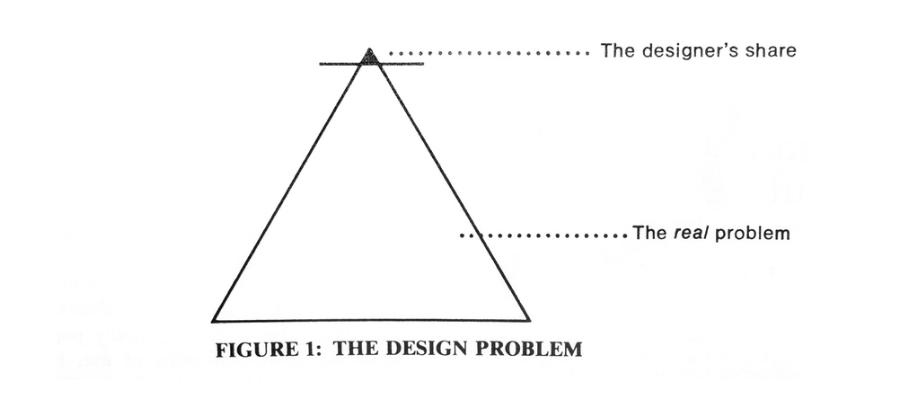Students Are Telling Us They Feel Invisible. We Should Listen.
WOW! I've been out of the classroom for quite awhile and never considered this scenario regarding AI. This hit a nerve in me as I'm sure it will with many. I get it!
How do we respond and mitigate the isolation, the loss of human dialogue, mentorship and connection?
